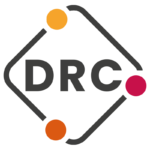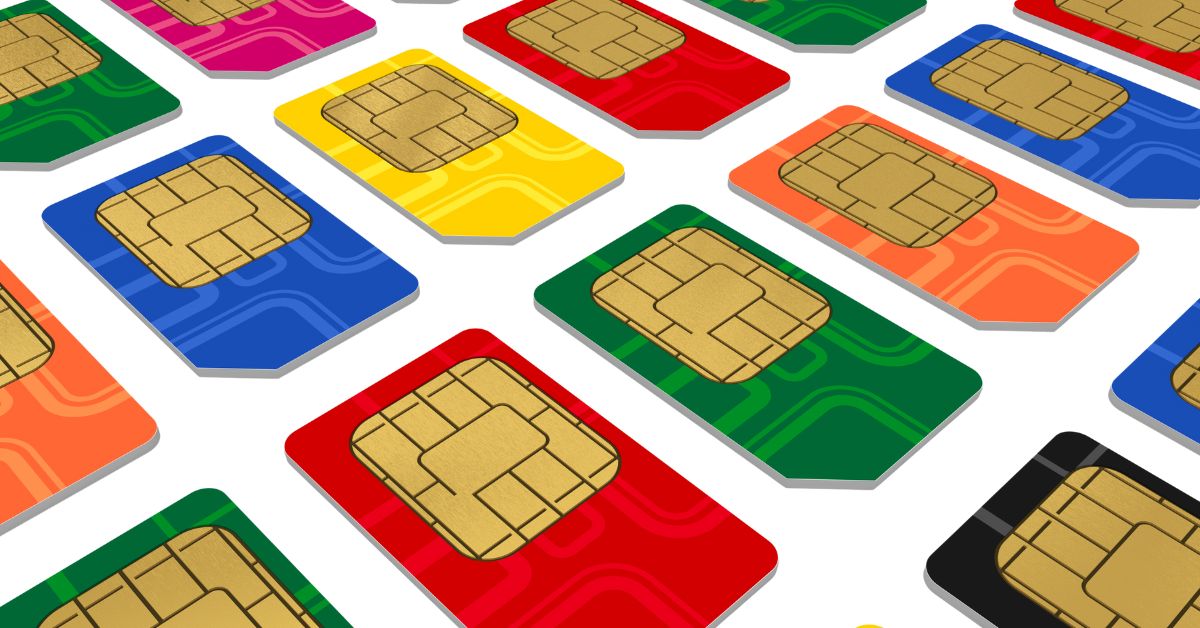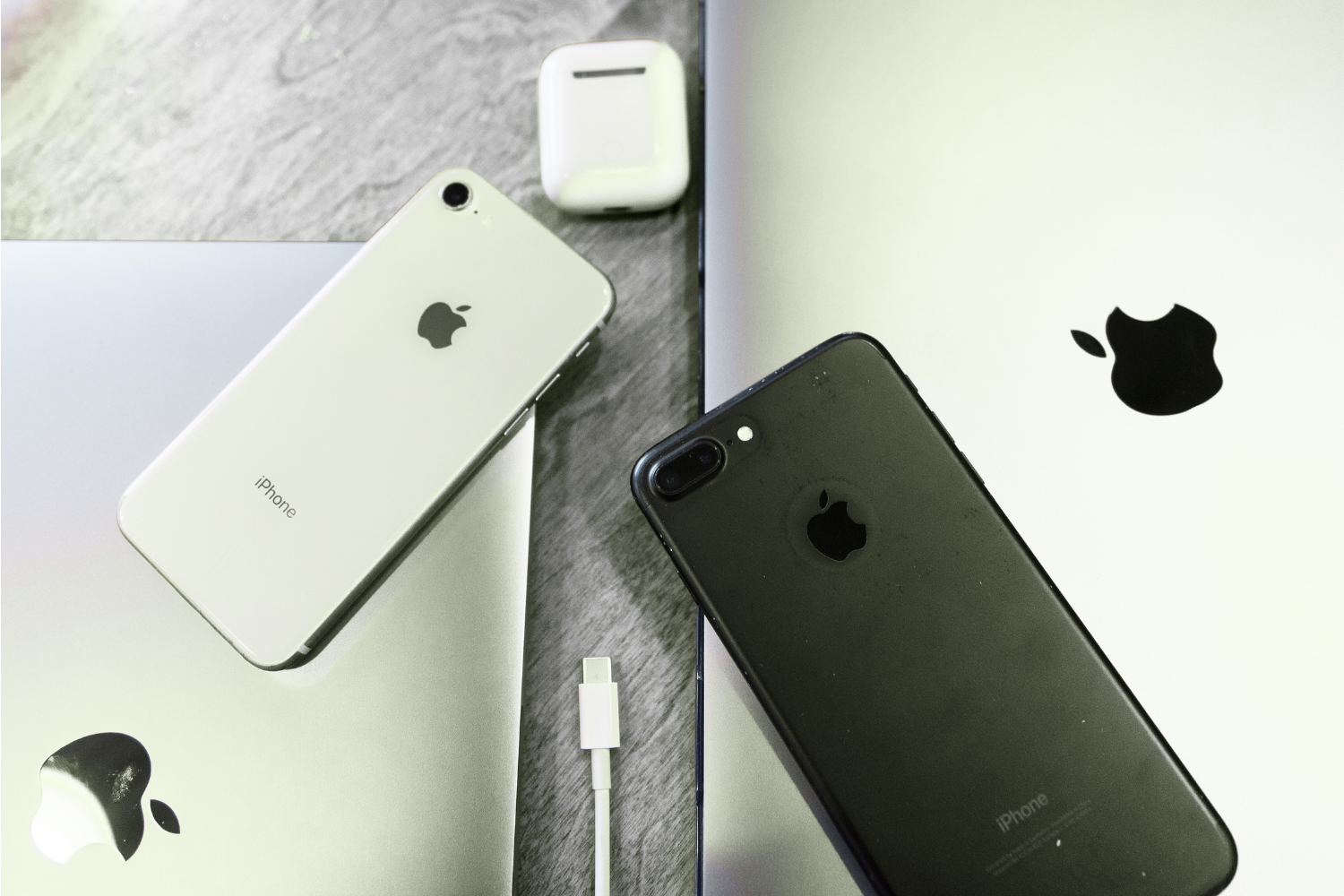In moments of disruption – whether it’s a power outage, extreme weather, transport strikes, or even unexpected office closures, the ability to stay connected is what keeps businesses moving. While many organisations don’t have a fully documented disaster recovery (DR) plan, communications should always be front and centre in any continuity strategy.
Don’t Wait for a Crisis to Plan for One
A surprising number of businesses still operate without a formal DR plan. But even without one, having a strong foundation in mobile, telephony and data solutions can make the difference between downtime and staying operational.
At the very least, your team needs to be able to communicate with each other and with customers – quickly, clearly, and confidently.
Hosted Telephony: Flexibility Without Fuss
Modern hosted phone systems (VoIP) and softphone clients give teams the freedom to work from anywhere there’s an internet connection – no clunky hardware, no rerouting needed.
Whether someone’s unexpectedly working from home or needs to relocate at short notice, they can pick up where they left off. Calls follow them. Voicemails and messages stay synced. Business carries on uninterrupted, without the need for clunky hardware or messy call rerouting.
Cloud Numbers: Built-In Resilience
Cloud-based numbering provides an extra layer of resilience. With cloud numbers, you can:
- Instantly redirect calls from your main business number to mobiles or other devices.
- Set up call flows or auto attendants to ensure nothing is missed
- Push out announcements with just a few clicks during a major incident
- Keep customer service consistent, even if your physical office is out of action
It’s a simple solution that keeps your customer service consistent – even when your physical location is out of action.
Vodafone Business Mobile for Microsoft Teams Phone
For businesses using Microsoft Teams, Vodafone Business Mobile for Microsoft Teams Phone strengthens continuity by unifying mobile calling with your existing collaboration tools. It enables employees to make and receive business calls directly through the Teams app using their mobile number, ensuring they stay reachable on any device – whether they’re in the office, at home, or on the move.
This integration reduces reliance on desk phones and fragmented systems, allowing teams to stay productive and accessible without disruption. With the backing of Vodafone’s resilient network, it supports consistent communication across all working environments, helping your business maintain service levels even during periods of change or challenge.
Data Connectivity: The Backbone of Continuity
Of course, none of this works without reliable data connectivity. Whether it’s primary broadband, 4G/5G backup, or multi-site data solutions, a strong connectivity plan ensures your systems, and your people stay online when it matters most.
Building a Continuity Plan: Start with Risk and Impact
If you’re serious about protecting your operations, communications is just one part of the bigger picture. A solid business continuity plan starts with two core activities:
1. Risk Assessment
Identify the threats most likely to affect your business – from cyberattacks to power outages, or even supplier disruption. Consider both internal and external risks, and how likely they are to occur.
2. Business Impact Analysis (BIA)
Understand the consequences of downtime. What would happen if your phones went offline? If key staff couldn’t access systems? A BIA helps you prioritise what needs to be protected first, and where the biggest vulnerabilities lie.
From there, you can begin developing a continuity plan that includes:
- Roles and responsibilities during an incident
- Backup communication channels (e.g. mobile or cloud numbers)
- Remote access protocols
- Data and system recovery steps
- Testing and review cycles to keep the plan current
You don’t need to do it all at once, but starting with core communications, mobile and data systems give you a strong, scalable foundation.
Final Thought
You don’t need an enterprise-grade disaster recovery manual to start improving your business continuity and resilience. With the right mobile, telephony and data tools in place, you can stay agile, keep your team connected, and give your customers confidence – no matter what comes your way.
If you’d like help reviewing your current setup or planning for better business continuity, we’re here to chat.





